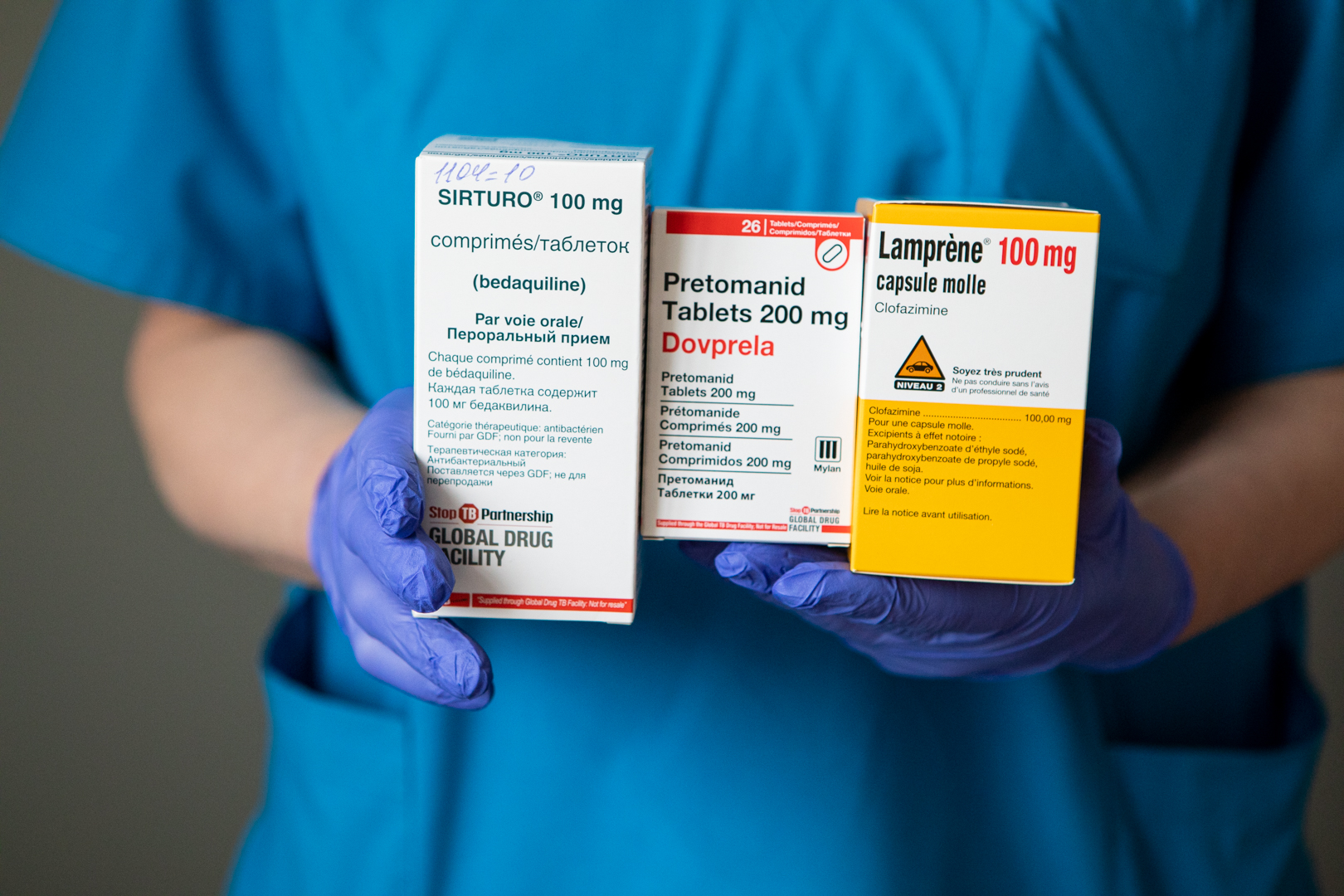Tuberculosis is the second leading cause of death from infectious diseases after COVID-19.
World Tuberculosis Day
March 22, 2024

Each year on March 24 we commemorate the World Tuberculosis Day to raise awareness of the devastating consequences of the disease and mobilize efforts to end the global epidemic.
Tuberculosis is the second leading cause of death from infectious diseases after COVID-19. Mortality rate for tuberculosis is even higher than for AIDS.
Approximately a quarter of the world's population has latent tuberculosis. This means that 2 billion people are infected with tuberculosis bacteria but have not developed illness and cannot infect others. The likelihood of infected individuals eventually developing symptoms is 5-10%. Yet, the risk significantly increases if the immune immune system weakens due to HIV infection, poor diet, diabetes, or smoking. Moreover, tuberculosis is closely linked to social health determinants like migration, incarceration, and marginalization.
This is why tuberculosis vaccination has become an integral part of preventive vaccination schedules worldwide. In Belarus, healthy newborns are vaccinated against the disease between the 3rd and 5th day of life. It is an effective way to protect children from tuberculosis or significantly reduce complications in case they get infected.
Tuberculosis is treatable and can be overcome. In Belarus, the majority of newly diagnosed individuals are completely cured. Yet, the challenge lies in the fact that the disease can affect any organ, not just the lungs. Additionally, there are forms of tuberculosis that are sensitive or resistant to antibiotics. Therefore, an accurate and timely diagnosis is crucial to determine which tissues are affected, assess the severity of a patient's condition, and identify the most suitable treatment.

The United Nations Development Programme (UNDP) is the primary recipient of the Global Fund to Fight AIDS, Tuberculosis, and Malaria in Belarus.
Thanks to the Global Fund's support, the country is able to use GeneXpert MTB/RIF rapid tests to diagnose the disease. This method offers a high diagnostic accuracy leading to significant improvements in early detection of tuberculosis and drug-resistant tuberculosis. In most cases, results are available within an hour, whereas previously the traditional bacteria culture test used to take 1 to 8 weeks.
The speed of diagnosis is key to quick initiation of an effective treatment and prevention of further contagion. Thus, drug-sensitive patients stop spreading tuberculosis bacteria within 2-3 weeks of treatment. In drug-resistant individuals, this occurs around a month later. Such patients are no longer a threat to others and can continue treatment at home. Yet, it is crucial not to stop taking prescribed medications even if symptoms disappear.
In 2018, Belarus became the first country in the CIS to implement shortened tuberculosis treatment regimens recommended by the World Health Organization, which reduced drug-resistant tuberculosis treatment from two years to just six months.
It is important to remember that tuberculosis is a diagnosis, not a sentence. With timely detection and strict adherence to the treatment regimen prescribed by a doctor, the disease is completely curable.

 Locations
Locations



